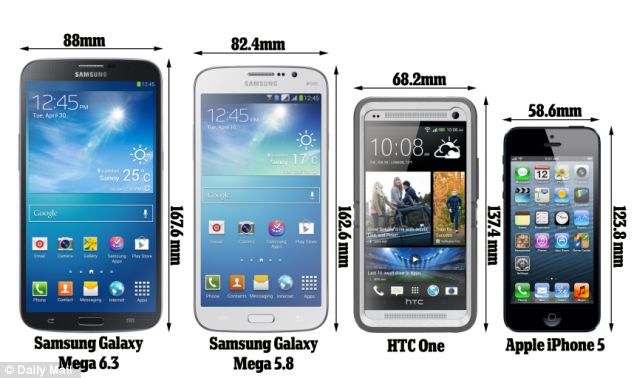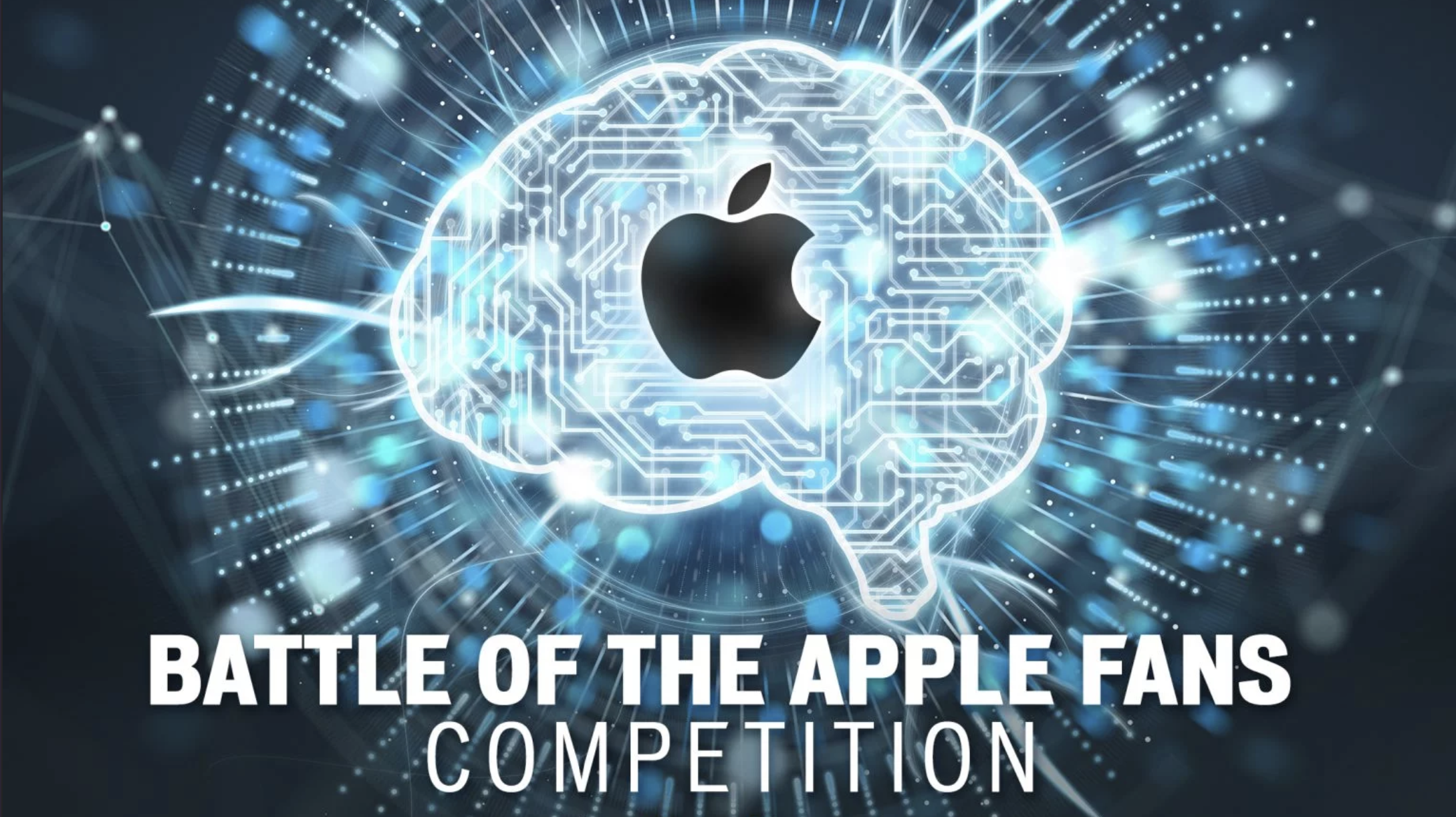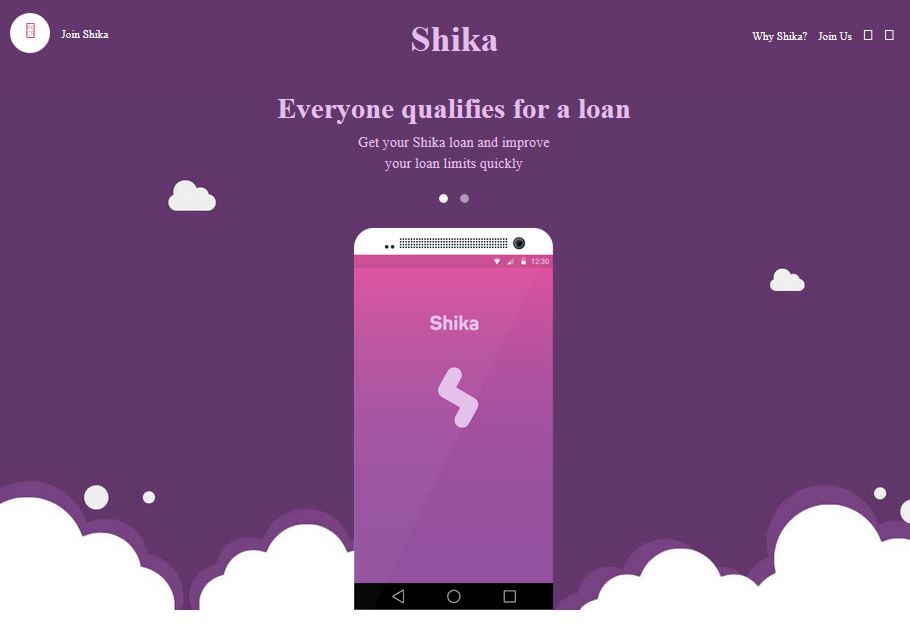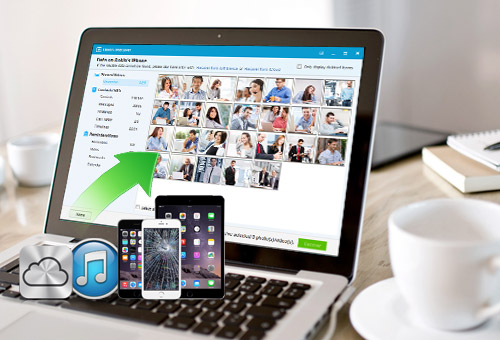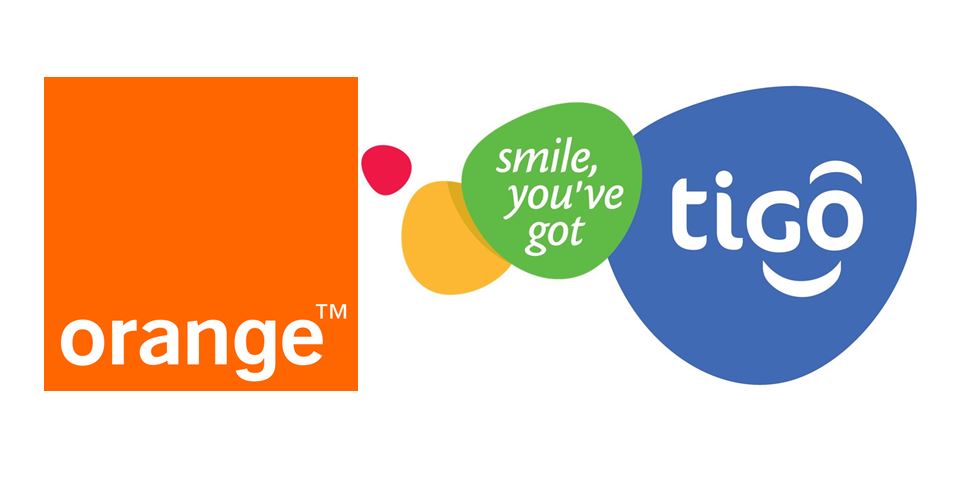
It is the new digital trend that each new smart phone device being launched needs to be slightly bigger than the last. The latest from the Samsung Galaxy line, the Note 3 comes with a 5.7 inch HD display. Its competitor, HTC is set to release the HTC One Max which is set to be a massive 5.9 inches with a full HD 1080p display. The Nokia Lumia 1020 and iPhone 5S are perhaps the smallest ‘screened’ smart phones at 4.5 and 4 inches screen respectively.
Soon it will hardly be possible to operate a phone with just one hand. And unfortunately, the shopping cycle will slowly become the cycle of dependency where the consumer has hardly any choice; software and mobile applications used are growing bigger and keep pushing for more processing capability and better graphic rendering which in turn equals to larger phones to accommodate this ever growing demand. Ironically however, tablets seem to be getting smaller with each release – look at the iPad mini which has a 7 inch screen for example. It has recorded sales better than the original iPad itself.
Everyone is excited about the shift to the Cloud, and with it perhaps we will see a change in the dynamics that constitute a shift in this trend. All this before we find ourselves stuck with a single device that is too big to be called a phone, and too small to be a labeled tablet, with a screen so huge it is virtually impossible to obscure what you are doing on your screen from the person seated next to you in a public service vehicle.

